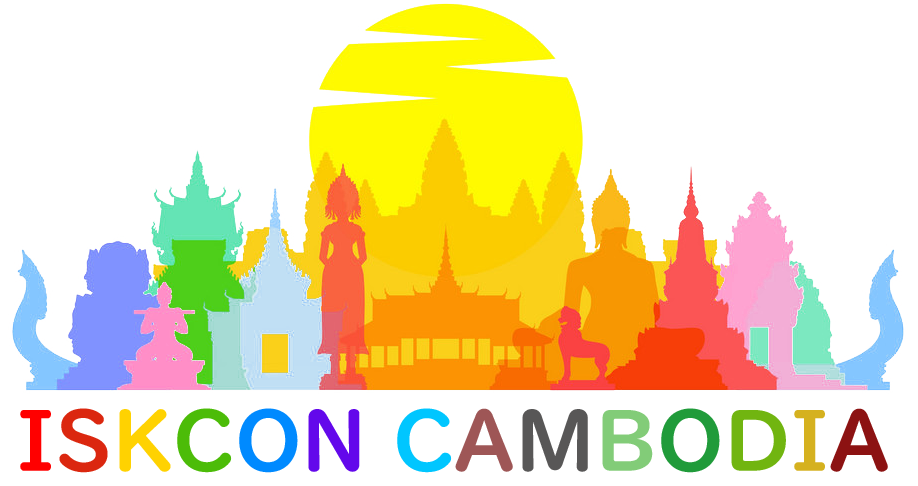Warning!!! Not Recommended reading for Vegetarian
The following list of the “top ten unusual foods” from “Touchstone Magazine” 2007:
1 PRAHOK
Known locally as the “Khmer cheese”, made from pure fermented fish. This pungent dish is served in many forms, as a soup, side dish, or stew, and is an acquired taste and smell.
2 DRY FISH
All manner of seafood is smoked or dried here, but a favorite is fresh river fish caught, hung and dried. It is sold in local markets and can be softened and used in broths and soups as well as eaten as a snack.
3 SALTY CRAB
Either sea crab or lake crab, the shellfish is boiled then marinated in a strong salt water solutions, and served with lemon sauce, or chili. This is a Khmer delicacy not to be missed.
4 NGAM NGOV
Small lemons, sun dried and then marinated, sold in jars throughout the market. They are used as flavoring to soups and sauces and also as a medicine for sore throat and colds
5 DUCK EGG
These whole duck eggs sold at insect stalls contain the baby duck. They are cooked whole, and then cracked open and the duck eaten, bones and all. This is a particular delicacy and loved by many.
6 GIZZARDS
Food waste is something that does not happen here. The good cuts of meat are kept for BBQ and such, and the heart, lungs, and liver of all animals is eaten with relish in the home.
7 PIG EARS
Fried or boiled, pigs ears are eaten both as snacks and with meal.
8 BABY BEES
The honey combs of bees are sold as a snack here too, with the baby grubs of bees inside. Sweet and sticky this is a delicacy no to be missed.
9 CHICKEN FEET
The claws and feet of the chicken are fried or baked; crunchy and tough they are eaten at barbeques and can sometimes surface in a soup.
10 FRIED SPIDERS
A common snack and considered a good source of protein. Can be bought at most local markets and at Phnom Penh’s riverside.
_______________________________________________________________________________________________
Cambodian New Year
The Cambodian New Year is a 3-day celebration to mark the end of the harvest time and the turn of the lunar year. It takes place annually in mid-April. people decorate homes in different colors and make offering to the Buddha. The Khmer New Year is a time to forget past hardships and look forward with hope. Houses are symbolically cleaned and people buy new clothes for the festival. The first day of the festival is Moha Sangkran , the second is Virakbornaborth , and the third is Virak Lieng Sak . During this time, people believe that the spirit of the old year explain their responsibilities to the spirit of the New Year. As the New Year born, so is the New Heaven. People prepare offerings in combination of lucky numbers(5 candles, 7 cigarettes). These offerings are usually presented in Baysey a container made from parts of banana tree. Fruit, incense, tobacco, and flowers are all accepted forms of offering.
On Moha Sangkran, people build small mounds of sand around the temples and banyan trees. In the following days people add to see these sand ‘mountains’ and invite monks to come and pray over them to appease the spirits of ancestors. On the morning of Virak Lieng Sak people ritually bathe the statues of the Buddha. it is also common for people to bathe their parents and grandparents as a part of the cleansing ritual.
Traditional games played during Virak Lieng Sak include Teang Broaht ( tug of war). The game symbolizes the balance of opposites in the universe. Many of the bas-relief carvings at Angkor Wat deal with the theme of opposite forces in equilibrium. The Churning’of the Ocean of Milk is a tug of war between good and evil with Lord Vishnu presiding over the point of balance. Another game played at New Year is bors-angkung. The game is played with the dark, hard nut fruit of the Angnkun tree. Four piles of angnkun nuts are set in a square around a’King’. Teams usually consist of all men or all women, with the two genders throwing their angnkun tree fruit at the opposing team’s piles. It is common for a man to throw at the pile belonging to a woman he finds attractive, and vice versa. Once the outer piles of Angnkun nut have been knocked over, the contestant concentrate on hitting the ‘King’. There is a painful prize awaiting the loser: the victors are permitted to hit their opponent’s kneecaps using two Angnkun nuts together to make a clacking sound. However, if the victor fails to make a sound while striking the loser’s knees, the person being hit can hit back in turn.
Adapted from: Ancient Angkor Guide book

Recent Comments